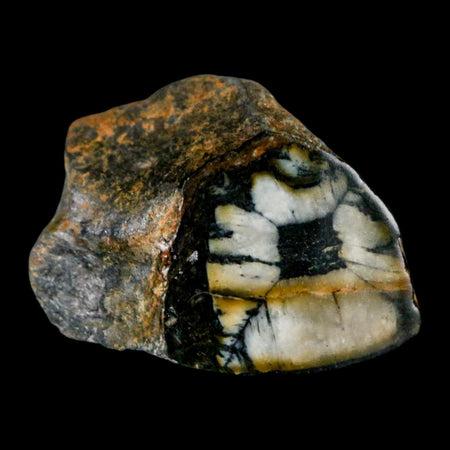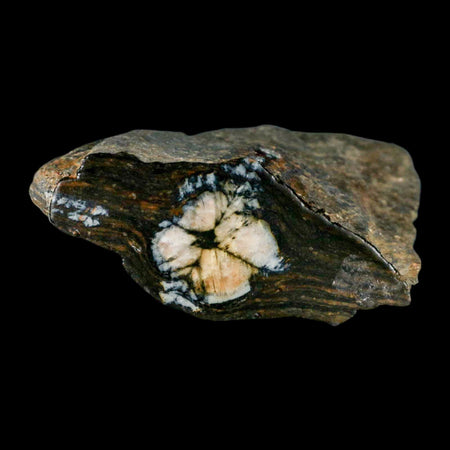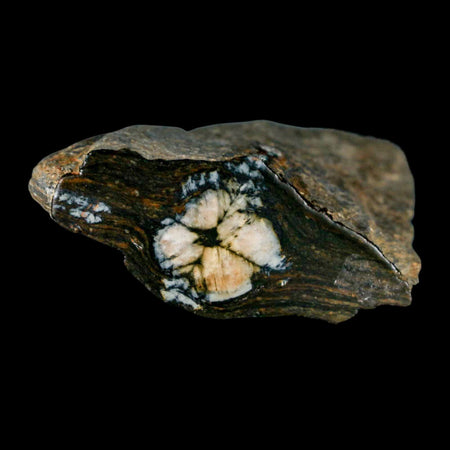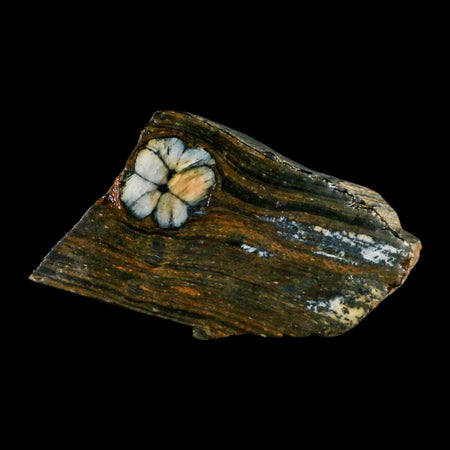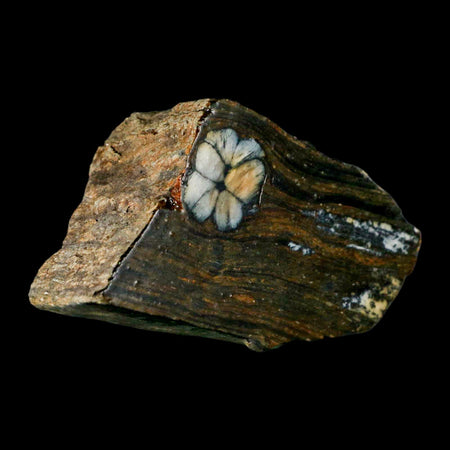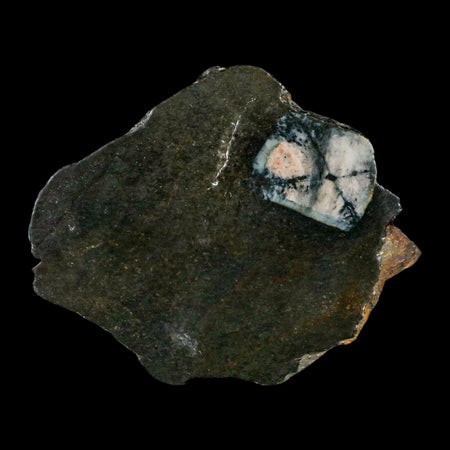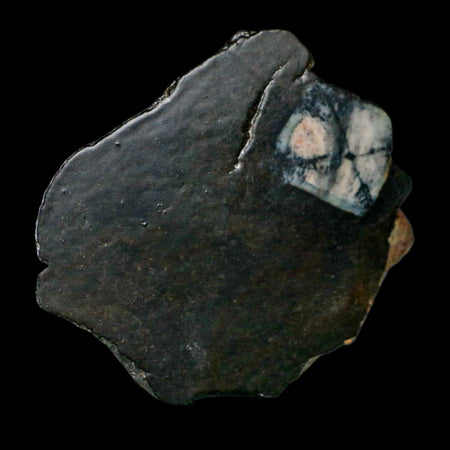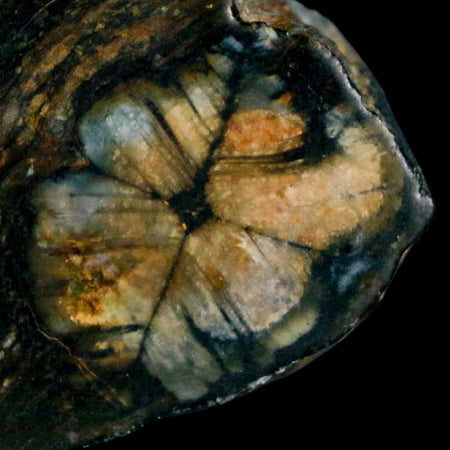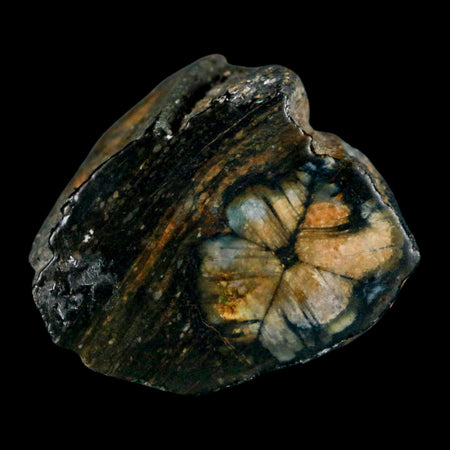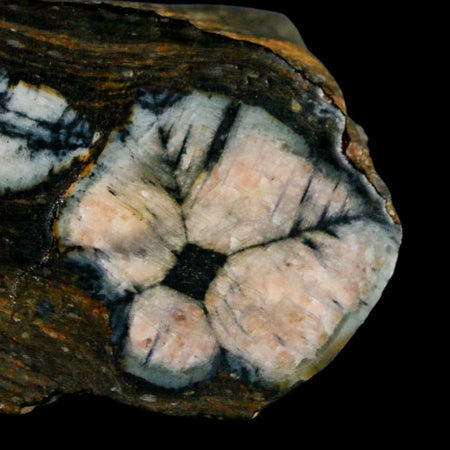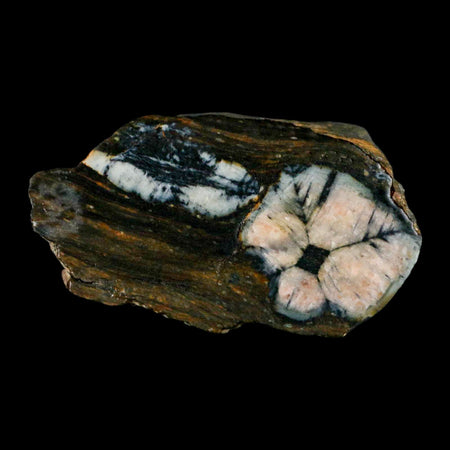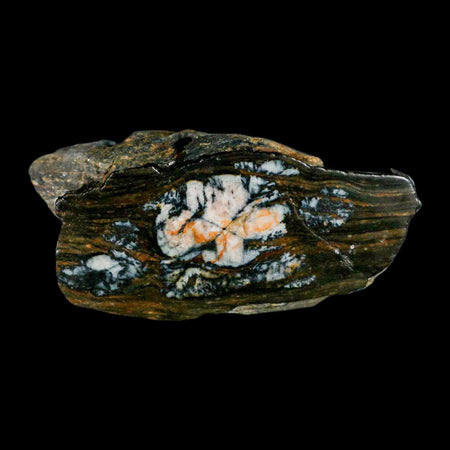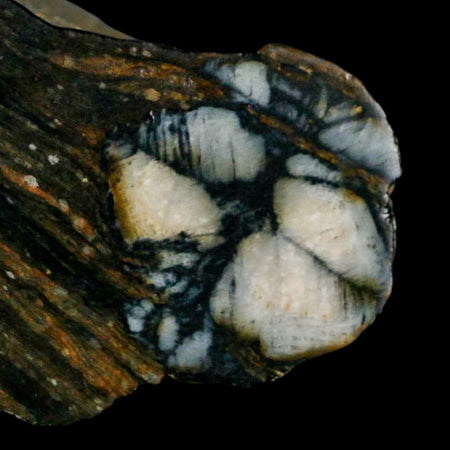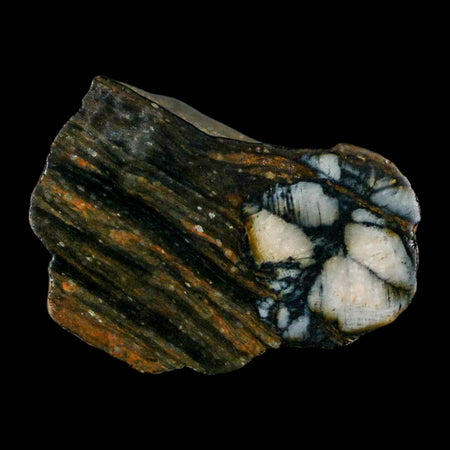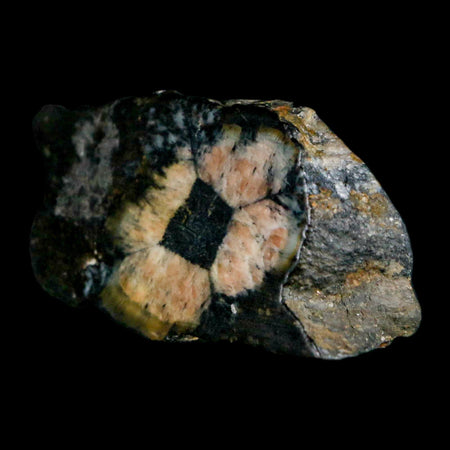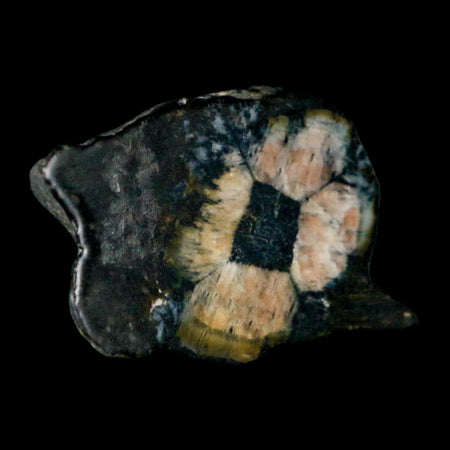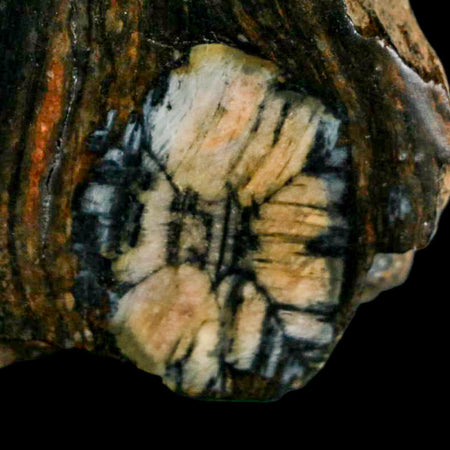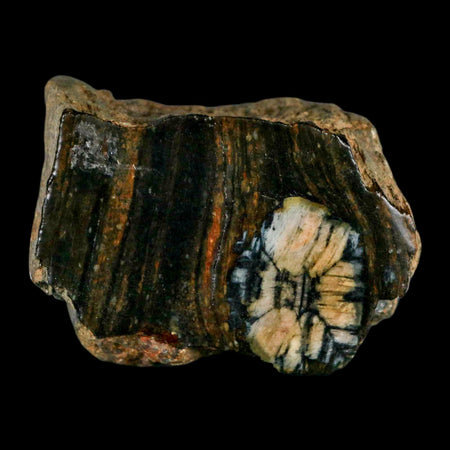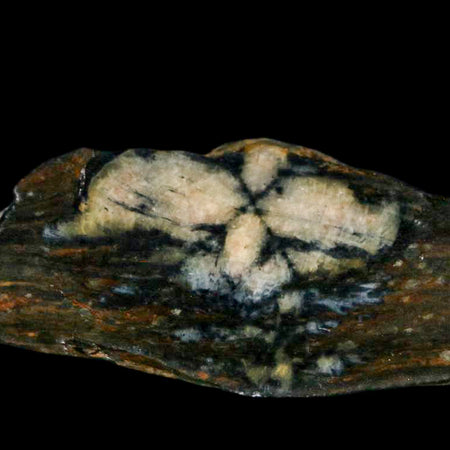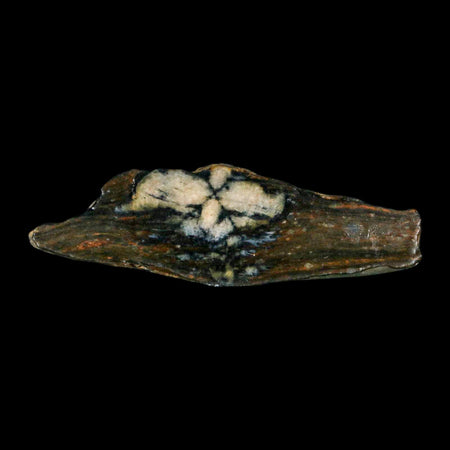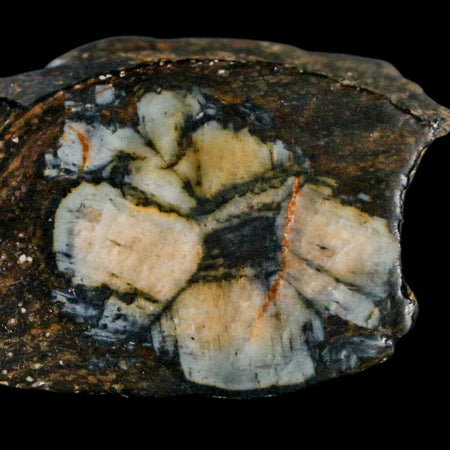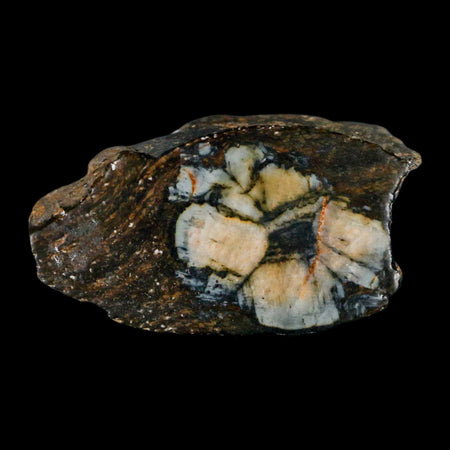Andalucite Mineral Collection
Andalucite, a significant mineral in the geological and mineralogical fields, derives its name from Andalusia, a region in southern Spain where it was first identified and described. This aluminum nesosilicate mineral is characterized by its distinctive crystal structure and its formation under specific metamorphic conditions. Its presence in Spain, particularly in the Andalusian region, has been crucial for understanding its geological context and its role as an indicator mineral.
Andalucite is one of three polymorphs of Al2SiO5, the other two being kyanite and sillimanite. These polymorphs share the same chemical composition but differ in their crystal structures, which are stable under different pressure and temperature conditions. Andalucite typically forms in medium-grade metamorphic rocks, often associated with regional metamorphism. Its presence indicates a specific range of pressure and temperature conditions during the rock's formation, making it a valuable tool for geologists studying metamorphic processes.
The crystal system of andalucite is orthorhombic, meaning its crystals have three axes of unequal length that are mutually perpendicular. Common crystal habits include prismatic forms, often with a square cross-section. The color of andalucite can vary, ranging from pink, red, and violet to brown, green, and even colorless. This variability in color is often due to the presence of trace elements within its crystal lattice. A notable variety of andalucite is chiastolite, which exhibits a distinctive cruciform pattern of dark carbonaceous inclusions within the lighter mineral. This pattern is a result of the growth mechanism of the crystal, where impurities are preferentially incorporated along specific crystallographic directions.


